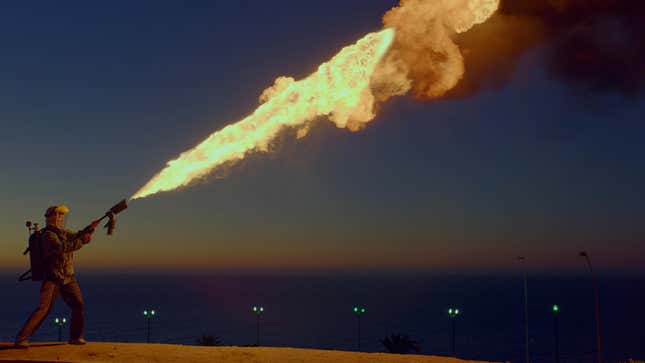From Nurture to Napalm to Nonmonogamy, Ema Keeps Dancing
"When you know what I’m doing and why, you will be horrified," promises the titular protagonist of Pablo Larraín's spellbinding Ema
EntertainmentMovies

As literally as possible, Chilean filmmaker Pablo Larraín’s latest movie, Ema, takes a flamethrower to Simone de Beauvoir’s observation that men create to maintain and women maintain to create. The film’s titular protagonist is hell-bent on burning it all down—life as she knows it, society’s constrictions and ideals, the Chilean metropolis in which she resides. But there is much more to Ema than rote nihilism. Larraín scatters revelations throughout his film so that his plot functions like a trail of breadcrumbs to a finale of renewal and hope. It is at that point that the dark and consistently surprising Ema manages to deliver its biggest shock. This is a movie that exists to turn things on their ears—even itself.
-

-

-

-

-

-

-

-

-

-

-

-

-

-

-

-

-

-

-

-

-

-

-

-

-

-

-

-

-

-

-

-

-

-

-

-

-

-

-

-








































